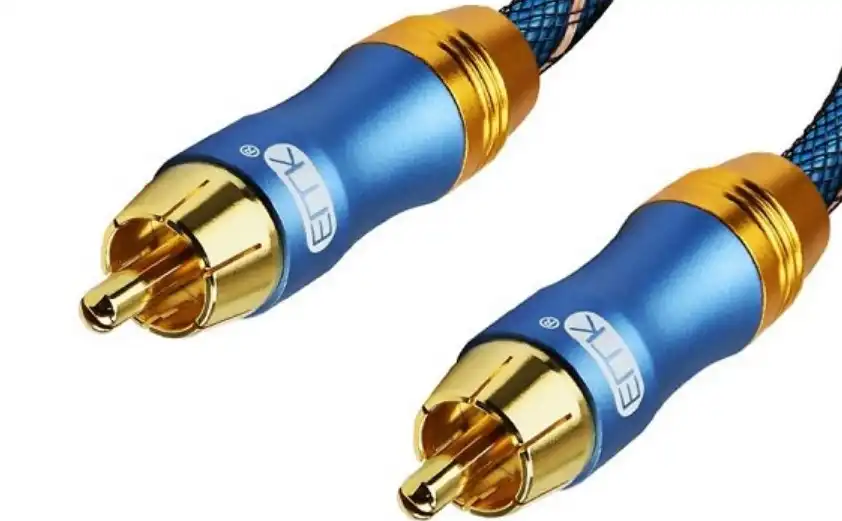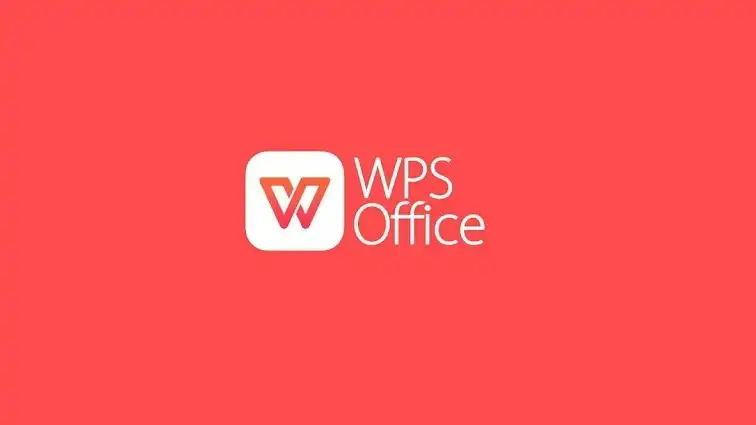
Does a better subwoofer cable simply make a difference?
Let’s talk about subwoofer cables. As a general rule, though, you’ll find that your choice of cables makes little or no difference to the performance of your AV or sound system (assuming they’re well-made and the appropriate gauge for the application, and shielded as needed).
Some cables are more open to potential problems than others, and perhaps the cable most prone to interference is the subwoofer cable, which is usually a long RCA interconnect but may also have XLR connectors on high-end and pro systems.
First, consider why a subwoofer is simply uniquely weak. For one, it’s usually a long cable, because subwoofers aren’t usually right next to the AV receiver, pre/pro, or integrated amp they’re connected to. Also, for consumer and home applications, the best subwoofer cable is usually a single-ended (unbalanced) RCA type connection, which can be susceptible to noise and interference, especially since it travels through an analog signal cable.
Balanced cables are built in such a way that most external noise and interference are self-canceling, and XLR connectors are notable in that they lock securely and are stronger (but also larger) than RCA connectors.
Now, if your subwoofer and AVR or processor have a balanced connection option, I recommend using that, since balance connections are naturally noise resistant. But many subs don’t have this feature, and even if you do have a sub, you’ll need an AVR or processor with a balanced XLR output.
Most systems will rely on an unbalanced RCA subwoofer cable. Finally, the build quality of your unbalanced subwoofer cable can (but not necessarily) affect whether it picks up extraneous noise.
So here’s the thing, aside from noise resistance, which is related to shielding, there’s nothing else to look for in a subwoofer cable. As long as there is no interference, one wire will sound no different than the other. The concept of tuning systems by selecting overpriced audiophile cables is based on magical thinking and hi-fi mythology.
What cable should I use for my subwoofer?
The short answer to this question is a decent subwoofer cable that’s long enough to get where it needs to go. A simple rule of thumb is to look for a “double shielded” cable, which should ensure resistance to outside interference. There is no reason to overcomplicate it, it is a single cable that indicates the main enemy of outside noise and interference to two devices. The construction required to make a quality cable is no mystery, this is a commodity item so shop accordingly.
There are a few brands of best subwoofer cables that are a good deal overall, including AmazonBasics, SVS Soundpath, Monoprice, Mediabridge, and Bluerigger — all of which can be conveniently ordered through Amazon and are very reasonably priced.
Passive subwoofer
Passive subs reproduce low-frequency sounds in an audio track, but they lack a built-in amplifier and require an external amp or AVR. Passive units should be connected with short speaker cables to the left-right speaker connections on the front of the receiver (along with the front L/R speakers) to receive power from that active unit.
Many external receivers come with dedicated subwoofer inputs on the rear input/output panel for RCA connections. That’s why manufacturers often label RCA cords as subwoofers. Thus, they claim that the unit was tested with a specially amplified sub, which has a few quirks of its own (e.g. being particularly sensitive to 60 Hz interference from nearby power lines).
Since the cable is short, it makes no difference whether to use coax or RCA connections. However, it is crucial to use shielded and heavy gauge cabling to ensure low noise and distortion.
Capacitance
Capacitance is the amount of energy that the two connectors on the best subwoofer RCA cable store between them in the speaker wire for a subwoofer. Low capacitance makes sense to avoid its effect on the low frequencies produced by a receiver because high capacitance overloads an amp/AVR and can disable it over time. Therefore, a user should choose a unit with the lowest possible pF/ft (Picofarads per foot). It is possible to measure this parameter accurately with the help of a multimeter. Also, items with low capacitance are usually smaller, have thicker insulation and smaller conductor diameters.
Wire material
The material of the wire connector is silver, gold or copper. Also, there are cheaper and lighter copper-clad aluminum (CCA) products on the market. Many other low-cost wires are made of nickel, zinc, and tin.
Some users prefer expensive silver wires, hoping they will improve sound quality. This is only true of high frequencies. Since a sub can produce frequencies below 120 Hz, cheap copper wire will suffice. Nevertheless, silver units feature a decent resilience to oxidation, resulting in a long lifetime. The most expensive gold wires can completely resist oxidation, but they do not have electrical conductivity.




